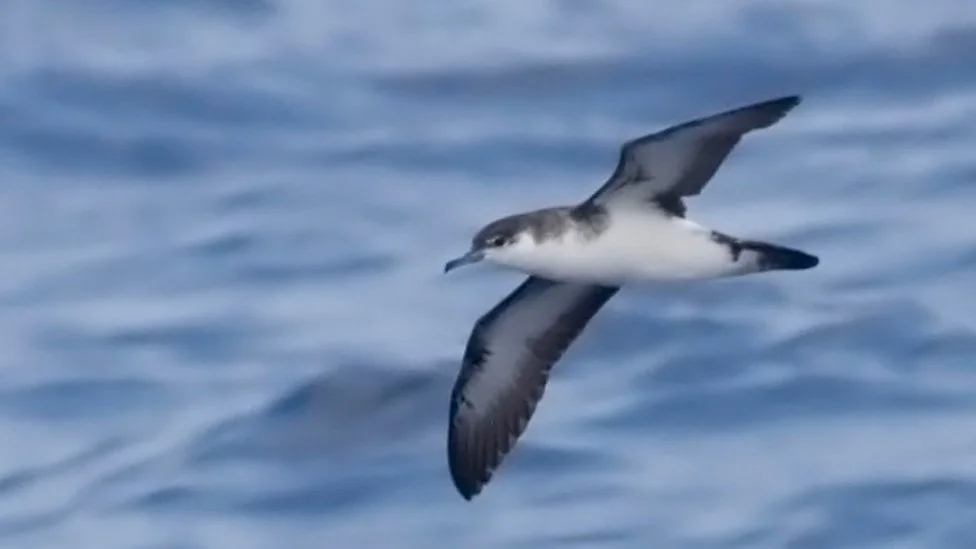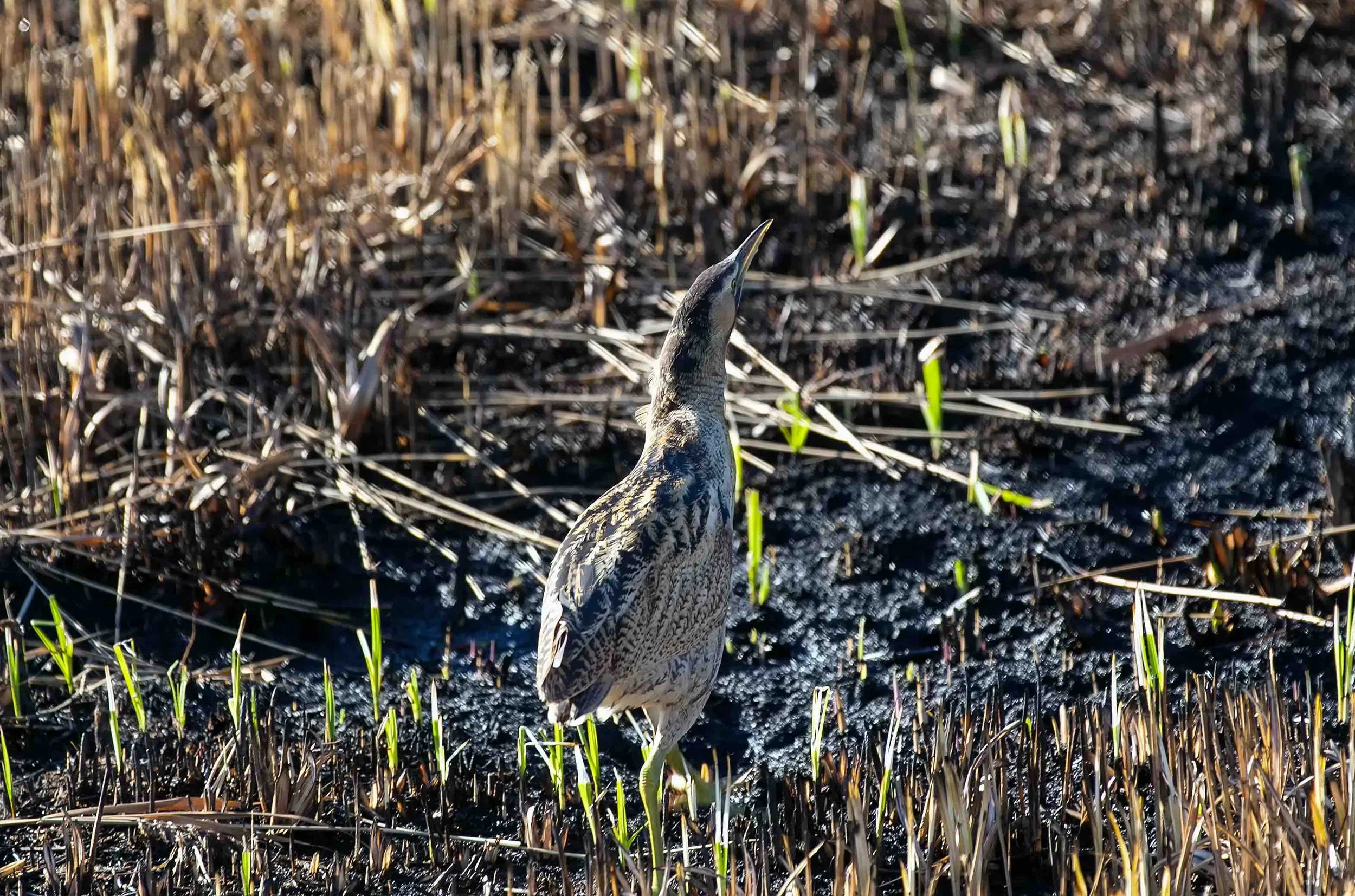
What does your National Park sound like?
UK NATIONAL PARKS SOUND MAP
What’s it all about?
We are putting together a Google Earth Web sound map for UK National Parks.
We are a group of researchers, passionate about listening and about how we, as human beings, relate to the sounds around us in our daily lives.
We want to find ways of helping visitors and residents of each Park to engage more with the invisible, yet audible world of sound, encouraging more attentive listening.
What do ‘our Parks’ sound like? How do their sounds affect our lives, our health and sense of wellbeing?
The idea is that we’ll eventually cover the whole of each National Park with sounds, recorded and uploaded by you, which represent the vast range of sounds we can hear in our parks.
Click on the map image on the right to explore the sound map as it stands right now - but come back here to find out how you can help!
(works best using headphones and in Chrome, Edge, Opera and Firefox web browsers)
What do we want you to do?
We would like you to make short recordings (no more than 30 seconds) of the emblematic sound(s) of your park. The sound should mean something to you. It could be a sound that makes you feel positive (e.g., a skylark in full song on a beautiful day) or perhaps less so (e.g., an aeroplane flying low), but it should be one that is representative of your Park and one for which you can write a little bit of text about how it makes you feel.
If you have access to recording equipment, then please do use that. If not, then grab a mobile device (e.g., smartphone or tablet) and use the voice recording app which comes with it, or download a specialist recording app such as Ferrite. You can also record video footage and upload that as we can take the audio from it.
Whilst recording…
…try to protect your microphones from the wind as this will cause distortion. Use your hand/coat as a baffle or record in a doorway, if possible.
…always use headphones - these are preferable to earphones (which are better than nothing!). Always play back your sound once you have recorded it to check it has recorded OK.
…remember you can’t crop a recording in the same way you can a photo. You can’t remove sounds of people talking throughout your quiet recording of a stream ,so make sure you are only recording what you want to!
Useful advice
Using the Ferrite recording app (iOS)
Using the Advanced Android app (Android)
The best ways to record audio on your phone (Popular Science)
How do I upload my sound?
Once you’ve made your recording, note the location where you made it and take a photo.
Then click on the Open Form button below and complete the form.
Many thanks for your help!
Once you’ve done that, you can upload your media (sound recording and photo) by clicking on the button below.
Why is listening important?
We are all good listeners.
40,000 years ago, around the world in Argentina, Borneo, New Mexico and Europe, we were mostly living in caves and natural shelters. These people were hunter gatherers who enlivened their living spaces with drawings and paintings of the animals they shared the landscape with. Most likely the sounds of these animals were also performed alongside the flickering flames of firelight through which the images were viewed. These people were in very close contact with a sense and spirit of place because their lives depended upon it. I like to think that during the night when the group was asleep, a pack of spotted hyenas or a sabre-toothed tiger may have crept inside searching for a meal. Those people, our ancestors, who heard the predator approach, woke up and escaped. Those who didn’t hear the threat came to a swift evolutionary dead end.
Of course we don’t have ear lids, we are still listening when asleep. Unfortunately today we spend most of our waking hours processing out the challenges of noise pollution in order to simply focus on our daily activities. The National Parks in this respect are a vital resource as places of refuge and respite from much of this barrage. We need places where there is very little noise pollution, so we may open our ears to listen and re-engage with our landscapes. This is not just some artistic whim, we need areas of tranquillity within our National Parks to assist in restoring and maintaining our psychological health and wellbeing. I suspect that deep down in our psyche we already know this, we simply need to act.
Chris Watson - September 2022
(BAFTA Award-winning field recordist working on many of the BBC's best-loved documentaries, including David Attenborough's Frozen Planet)
Links to further sound-based projects
Dartmoor
Skylark is a unique FM radio station for Dartmoor that gives voice to the landscape. An ever-changing and continuous broadcast weaves together oral histories, new music, and live audio streams from people, animals, plants and weather, into an endless and evolving song.
North York Moors
Dalby Forest is home to many points of interest and many different forestry practices. To enhance interpretation and enjoyment by the public of the nation’s forests, Forestry England is working with Nayan Kulkarni, an acclaimed multi-media artist with extensive experience in creating high quality art installations, to create A Room That Sings. This art installation creates a different way of experiencing the forest, relating to it through amplification and interpretation of its sounds.
Peak District
Birdsong and Bells: The Peak Sound Project, made by residents of four communities, as well as volunteers working for the National Park, who were invited to close their eyes and engage with their everyday experiences in a different way – by listening to the sounds that surround them and recording them on their mobile phones for inclusion as part of a larger sound collage.
Voices from the Peak is a journey through the Peak District in word and sound…
New Forest
New Forest Sounds invites you to immerse yourself in the sounds of the beautiful New Forest National Park in Southern England. From bubbling streams, birdsong and natural sounds, to the bustle of our villages and peaceful ambient music. It’s good for you too — research suggests that bringing the sounds of nature into your life can be very beneficial; it’s widely proven to significantly reduce anxiety and stress levels.
Exmoor
Exmoor - a year in sounds. From the explosion of birdsong in Spring to the roaring stags of Autumn and the crunch of Winter snow, Exmoor has a soundscape as well as a landscape. These recordings were made by Martin Prothero for the Lynmouth Pavilion Project and funded by the Heritage Lottery Fund.
Silenzi in Scotland
Silenzi in Scotland is a University College, London Global Engagement-funded project bringing the Silenzi in Quota initiative from the Dolomites (IT) to the Scottish Highlands. It builds upon a recent “citizen science investigation” of soundscapes in the UK National Parks led by the UCL Institute for Environmental Design and Engineering and Silenzi in Quota, a campaign conducted by researchers at EURAC Research. We want to understand how soundscapes in national parks are perceived and by characterising them in detail using subjective data and acoustic measurements, we hope to find out how that knowledge can be used to preserve and manage them.
Throughout the UK
Look Wild uses a free nature identification app that will name plants and animals for you and contribute to a huge National Park-led citizens’ science project at the same time. It’s free to learn about the natural world around you and do your bit to protect it at the same time.
iNaturalistUK is an app which allows you to connect with nature by exploring and sharing your observations from the natural world.
The Wildlife Sound Recording Society is a website set up to help you record and learn about the sounds made by wildlife and the natural world.
TEAM - Francesco Aletta (University College, London); Jian Kang (UCL); Tin Oberman (UCL); Pete Stollery (University of Aberdeen); Charlotte Swain (UKAN/University of Sheffield)
PROJECT ENQUIRIES - petestollery@gmail.com




